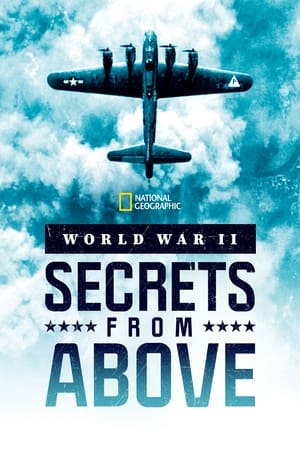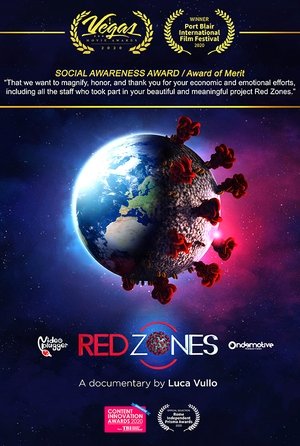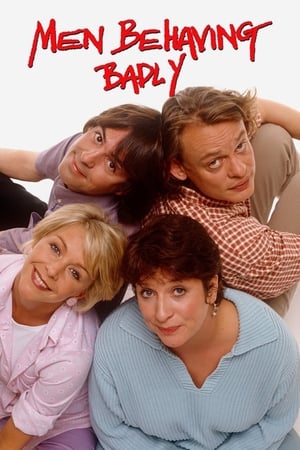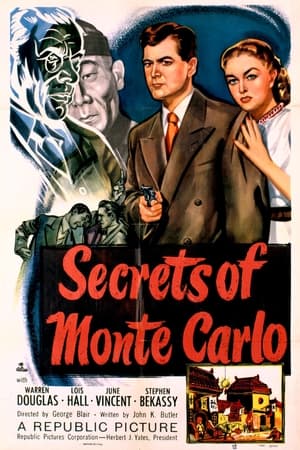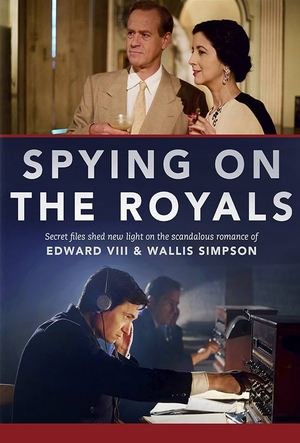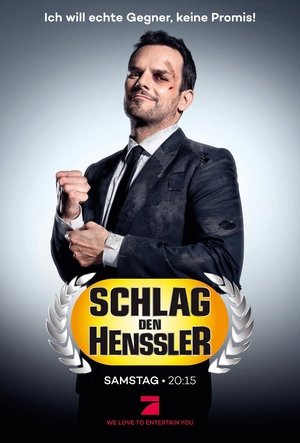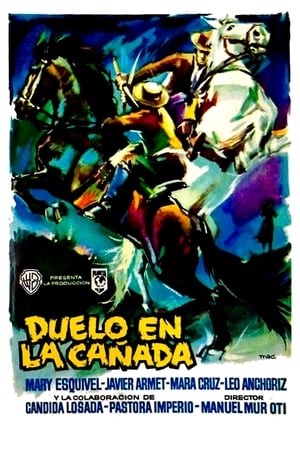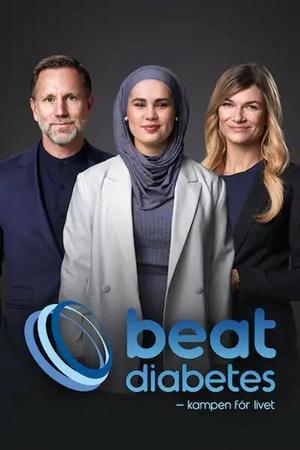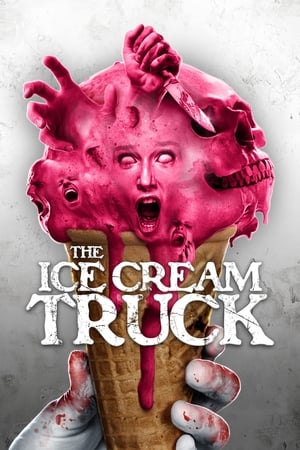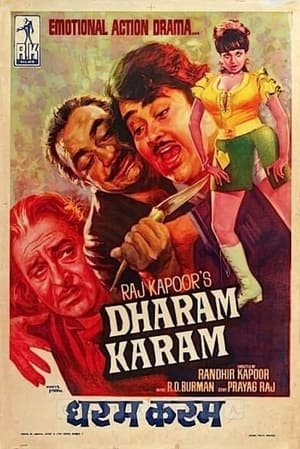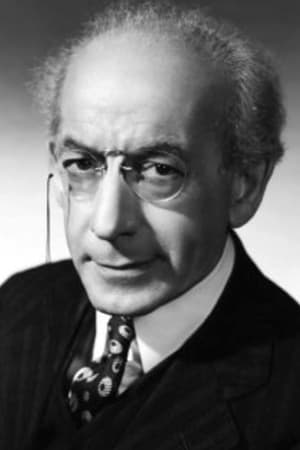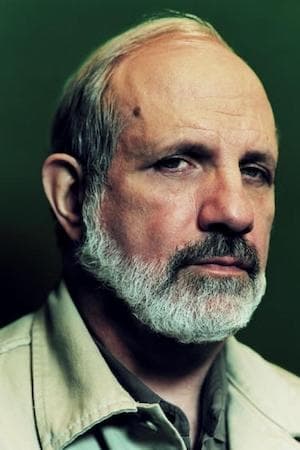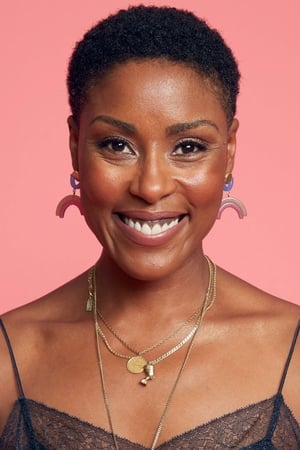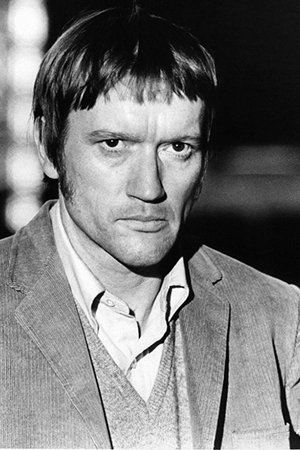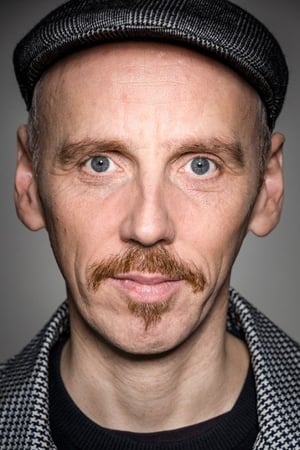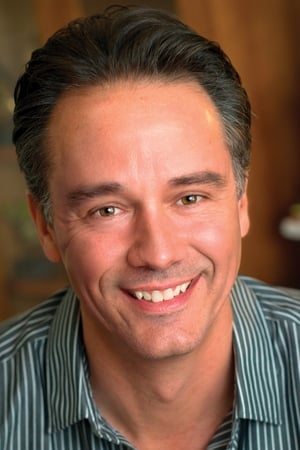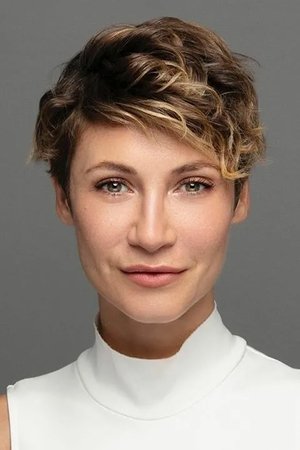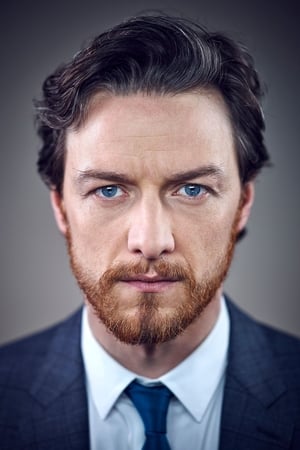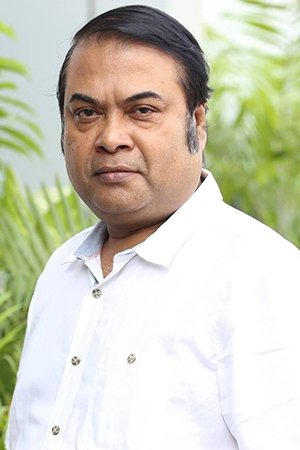Trending
Popular people
Maurice Cass
Biography
From Wikipedia
Maurice Cass was a character actor in numerous films and television shows. Born in Lithuania, he came to the US to pursue an acting career. His slight build, frizzy hair and pince-nez glasses cast him as the "absent minded professor" or eccentric scientist type in many of his films, such as the character who discovers the element kryptonite in Adventures of Superman. He is best remembered for his role as Professor Newton in the 1954 TV science fiction series Rocky Jones, Space Ranger.
Read more
Brian De Palma
Biography
Brian Russell De Palma is an American film director and writer. In a career spanning over forty years, he is probably best known for his suspense and crime thriller films. De Palma was a leading member of the New Hollywood generation of film directors. His direction often makes use of quotations from other films or cinematic styles, and bears the influence of filmmakers such as Alfred Hitchcock, Jean-Luc Godard, and Michelangelo Antonioni. His work has been criticized for its violence and sexual content, but has also been championed by American critics such as Roger Ebert and Pauline Kael.
Read more
Reece Shearsmith
Biography
Reeson Wayne Shearsmith (born 27 August 1969) is a British actor, comedian, writer and magician. He was a member of The League of Gentlemen, with Steve Pemberton, Mark Gatiss and Jeremy Dyson. Jointly with Pemberton, he created, wrote and starred in the sitcom Psychoville and the dark comedy anthology series Inside No. 9. He had notable roles in Spaced and The World's End.
Shearsmith was born in Kingston upon Hull, East Riding of Yorkshire. He attended Andrew Marvell High School and then Bretton Hall College of Education, where he met Mark Gatiss and Steve Pemberton, fellow actors and comedians
The League of Gentlemen began as a stage act in 1995, transferred to Radio 4 as On the Town with The League of Gentlemen in 1997, and arrived on television on BBC Two in 1999. The last saw Shearsmith and his colleagues awarded a British Academy Television Award, a Royal Television Society Award and the prestigious Golden Rose of Montreux. Following The League of Gentlemen, Shearsmith appeared in comedy programmes including Max and Paddy's Road to Nowhere as well as playing villain Tony in the Vic Reeves and Bob Mortimer comedy Catterick. He appeared in two episodes of the award-winning pop-culture comedy Spaced as Robot Wars-obsessed TA soldier Dexter, and played neurotic Doctor Flynn in hospital sitcom TLC alongside Alexander Armstrong.
In 2014, Shearsmith and Pemberton returned to BBC2 with a new dark comedy series called Inside No. 9. Each episode of the anthology series takes place in a different 'No. 9' location. Shearsmith and Pemberton play various characters in the series and have also directed two of the episodes.[16] Also in 2014, he starred as Malcolm Webster in ITV drama series, based on a true story, The Widower.
Read more
Christine Adams
Biography
Film and television actress Christine Adams was born in London, United Kingdom.
She starred on several British and American films and television series since early 2000s.
On television, she is known for roles as "Katherine Williams Osgood" on the British miniseries, NY-LON (2004); "Simone Hundin" on the American comedy-drama series, Pushing Daisies (2007) (2007-2009); as "Lena Boudreaux" on the short-lived ABC legal drama series, The Whole Truth (2010); and as "Mira" in FOX's science-fiction drama series, Terra Nova (2011).
In 2012, she starred, opposite Anthony LaPaglia, on the ABC drama series, Americana (2012). Adams appeared on several films, such as Submerged (2005), Batman Begins (2005), Eye of the Dolphin (2006), Green Flash (2008), Beneath the Blue (2010), TRON: Legacy (2010) and The Girl with the Dragon Tattoo (2011). She resides in Los Angeles with her husband and daughter.
Read more
Luke Askew
Biography
From Wikipedia, the free encyclopedia.
Luke Askew (born 1932 in Macon, Georgia, U.S.) is an American actor best known for his role in the 1969 film Easy Rider.
Askew was born in Macon, Georgia. He made his film debut in Otto Preminger's Hurry Sundown (1967), but was first noticed as an actor for his role in the 1967 film Cool Hand Luke. He was one of the first actors daring to wear long hair in this era, which he had to hide under a hat during the filming of this movie. The next year he worked with John Wayne in The Green Berets (with his hair cut short). The following year he worked with Dennis Hopper and Peter Fonda in Easy Rider. This film set him on the road to becoming a cult figure of modern cinema.
Askew has continued to work as an actor since then, predominantly appeared as an actor on television series. This includes work on such series as: Bonanza, Mission: Impossible, The Rockford Files, The Six Million Dollar Man, T. J. Hooker, L.A. Law, MacGyver,Walker, Texas Ranger and HBO's Big Love. He has appeared frequently with Bill Paxton.
He also took part in Easy Rider: Shaking the Cage (1999), a documentary about the making of the film on the Easy Rider DVD.[1] Askew sang Muddy Waters, Howlin' Wolf and Jimmy Reed songs at The Gaslight Cafe. According to Bob Dylan, Luke, when he sang at The Gaslight Cafe, was a "guy who sounded like Bobby Blue Bland"
Description above from the Wikipedia article Luke Askew licensed under CC-BY-SA, full list of contributors on Wikipedia.
Read more
Ewen Bremner
Biography
Ewen Bremner (born January 23, 1972) is a Scottish character actor. His roles have included Julien in Julien Donkey-Boy and Daniel "Spud" Murphy in Trainspotting and its 2017 sequel T2 Trainspotting.
Bremner was born in Edinburgh, the son of two art teachers. He attended Davidson's Mains Primary School and Portobello High School. He originally wanted to be a circus clown, but was offered a chance at screen acting by television director Richard D. Brooks. One of his first notable roles was as a Glasgow schoolboy in Charles Gormley's Heavenly Pursuits (1986). He also played the lead in the BBC Scotland feature-length adaptation of the William McIlvanney short story "Dreaming" (1990).
Bremner portrayed Spud in Danny Boyle's film adaptation of Irvine Welsh's 1993 novel Trainspotting, and later Mullet, a street thug in Guy Ritchie's Snatch. In the 1994 stage version of Trainspotting, Bremner played the lead role of Mark Renton, the role played by Ewan McGregor in the 1996 film. He has played supporting roles in blockbusters such as Pearl Harbor and Black Hawk Down.
In 2017 he produced the short film No Song to Sing.
He has one daughter, with actress Marcia Rose, whom he met during the filming of Skin.
Read more
Mike Nawrocki
Biography
From Wikipedia, the free encyclopedia.
Michael "Mike" Nawrocki (born July 8 1966 , Dayton, Ohio) is an American voice actor, writer and director. He is the co-founder (along with Phil Vischer) of Big Idea Productions, the company best known for bringing computer-animated vegetables to life in the popular VeggieTales series. Nawrocki is a voice actor who performs several of the VeggieTales characters, including Larry the Cucumber. His work as writer and director includes directing most of the "Silly Songs with Larry" segments, along with several of the VeggieTales episodes, and developing the 3-2-1 Penguins! series. He directed The Pirates Who Don't Do Anything: A VeggieTales Movie.
Description above from the Wikipedia article Mike Nawrocki, licensed under CC-BY-SA, full list of contributors on Wikipedia.
Read more
Ece Dizdar
Biography
Ece Dizdar (born 23 November 1981) is a Turkish actress.
Dizdar was born in Istanbul. During her childhood, her father went on missions as a submarine worker and she moved with him to different cities across Turkey and stayed in countries such as Pakistan, Belgium, and the UK. She usually studied at DoDDS American schools where she traveled. During her secondary school years, she studied musicals and dance in Belgium, and appeared on the stage by joining the children's conservatory for 2 years. After graduating from Marmara University Faculty of Communication, she moved to London, completed her acting education at the ARTSED acting academy with a scholarship and started her professional acting career. Ece Dizdar translated plays such as Shopping and F… ing and Festen for Dot Theatre. She later worked as a voice actress for professional commercials and promotional works. She then continued her stage career in Turkey and England, and soon appeared in television and cinematic productions.
Dizdar first became known through her role in the 2002 En Son Babalar Duyar TV series. She continued her career in TV with a role in the 2003 TV series Esir Şehrin Gözyaşları. After appearing in the TV series Hayalet in 2004, she took a break from acting. She returned to TV screens in 2011 after being cast in the series Karakol. In 2012, she played the role of Yeşim in the TV series Şubat. She then portrayed the character of Melda in the series Güneşi Beklerken and in 2015 appeared as Şevval in the series Beş Kardeş.
Read more
James McAvoy
Biography
James McAvoy (born 21 April 1979) is a Scottish actor. He made his acting debut as a teen in The Near Room (1995) and appeared mostly on television until 2003, when his feature film career began. His notable television work includes the thriller State of Play, science fiction miniseries Frank Herbert's Children of Dune and the channel 4s BAFTA award-winning series Shameless (British TV series)
He has performed in several West End productions and has received four nominations for the Laurence Olivier Award for Best Actor, and has also done voice work for animated films including Gnomeo & Juliet, its sequel Sherlock Gnomes, and Arthur Christmas.
In 2003, McAvoy appeared in a lead role in Bollywood Queen, then in another lead role as Rory in Inside I'm Dancing in 2004. This was followed by a supporting role, as the faun Mr. Tumnus, in The Chronicles of Narnia: The Lion, the Witch and the Wardrobe (2005). His performance in Kevin Macdonald's drama The Last King of Scotland (2006) garnered him several award nominations, including the BAFTA Award for Best Supporting Actor. The critically acclaimed romantic drama war film Atonement (2007) earned him a Golden Globe Award nomination and his second BAFTA nomination. He later appeared as a newly trained assassin in the action thriller Wanted (2008).
In 2011, McAvoy portrayed Professor Charles Xavier in the superhero film X-Men: First Class, a role he reprised in X-Men: Days of Future Past (2014), X-Men: Apocalypse (2016), Deadpool 2 (2018), and Dark Phoenix (2019). McAvoy starred in the crime comedy-drama film Filth (2013), for which he won Best Actor in the British Independent Film Awards. In 2016, he portrayed Kevin Wendell Crumb, a man with 23 alternate personalities, in M. Night Shyamalan's Split, for which he received critical acclaim, and later reprised the role for the sequel Glass (2019). Since 2019, he has portrayed Lord Asriel Belacqua in the BBC/HBO fantasy series His Dark Materials.
Read more
Shahidul Alam Sachchu
Biography
Shahidul Alam Sachchu is a Bangladeshi film and television actor. His stage of acting began with the stage play. He later starred in the drama and the film. His first movie Meghla Akash. For this film he was conferred National Film Award for the first time. Among his other films , Megher Pore Megh (2004), Bidrohi Padma (2006), Gangajatra (2009), Bitter Baire (2009). Notable among the other films He won Bangladesh National Film Award for Best Supporting Actor for his role in the film Britter Baire.
Read more





